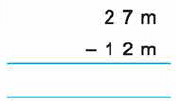Class 3 Maths - Measurement - CBSE Worksheets

Q1: Cross (X) the containers which have capacity of less than a litre:
Q2: A 1 l bottle is half full. How many millilitres are there in the bottle?
Q3: A Jug holds 350 ml and another jug holds 650 ml. How many total litres do the jugs hold?
Q4: How many 250 ml cups are needed to half fill a 2 l bottle?
Q5: Add:
- 370 l + 195 l
- 126 l + 478 l
- 30 ml + 90 ml
Q6: Subtract:
- 819 l - 406 l
- 179 l - 86 l
- 395 ml - 274 ml
Q7: 2 l = ______ ml.
Q8: How many 500 ml mugs are needed to fill a 2 l bottle? ______
Q9: Fill in the blanks:
a) Weight of the mobile phone is ______ g.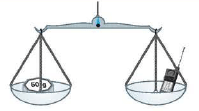
b) Weight of pineapples is ______ kg.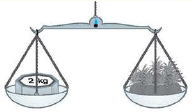
c) Weight of apples is ______ kg.
Q10: Answer the following:
a) What should be added to 7 kilograms to make it 22 kilograms?
b) Weight of Deepak is 52 kg and weight of Sakshi is 37 kg. Who is heavier and by how much?
Q11: Add or subtract:
Q12: Observe and fill in the blanks:
a) Weight of the cup is ______ g.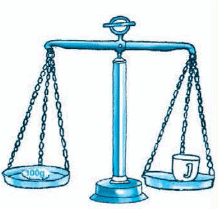
b) Weight of the book is ______ g.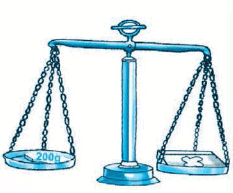
c) Weight of the pears ______ kg.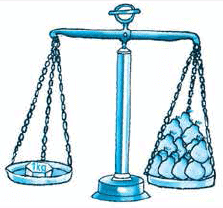
Q13: Write down the lengths of the objects in the box: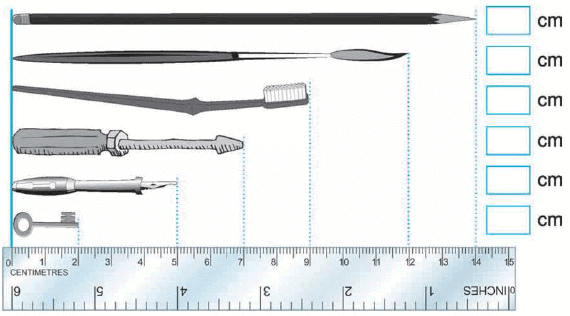
Q14: Measure the lengths of the line segments and write their lengths in the blank space:

The length of the line segment EF is ______ cm.
The length of the line segment AB is ______ cm.
The length of AB = ______ cm.
The length of BC = ______ cm.
The length of CD = ______ cm.
The length of AB + BC + CD = ______ cm.
Q15: Convert the following lengths into centimetres:
a) 8 m 21 cm
b) 21 m 6 cm
c) 105 m 92 cm
Q16: Convert the following lengths into centimetres:
a) 102 m
b) 46 m
c) 14 m
d) 4 m
e) 214 m
Q17: Add each of the following:
Q18: Arrange in columns and add:
- 34 m 53 cm and 27 m 12 cm
- 103 m 8 cm and 78 m 51 cm
- 11 m and 8 m
Q19: Subtract each of the following:
Q20: A goods train is 232 m 55 cm long and a passenger train is 109 m 25 cm long. Which train is longer and by how much?
Q21: Ravi's brother bought 217 m 65 cm electric wire. He used 76 m 20 cm wire for electric fitting. How much of the wire was left with him?
Q22: Kirti is 1 m 48 cm tall. Her sister is 17 cm taller than her. Find the height of Kirti's sister.
You can access the solutions to this worksheet here.
|
18 videos|120 docs|25 tests
|
FAQs on Class 3 Maths - Measurement - CBSE Worksheets
| 1. What is measurement in mathematics? |  |
| 2. What are the different units of measurement for length? |  |
| 3. How do you convert between different units of measurement? |  |
| 4. Why is it important to use standard units of measurement? |  |
| 5. What tools can be used to measure length, weight, and volume? |  |














